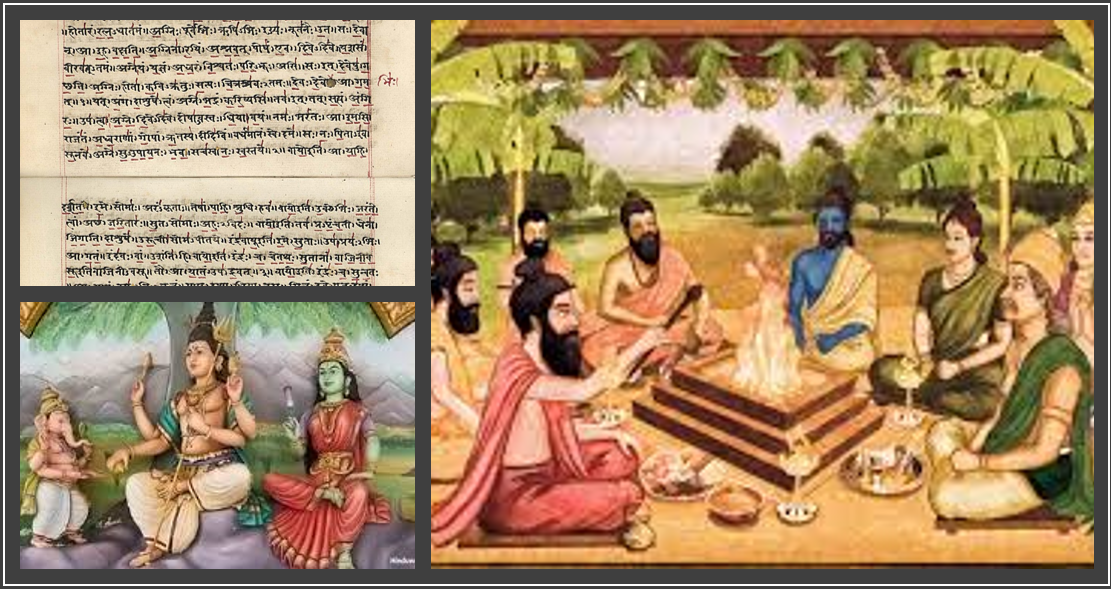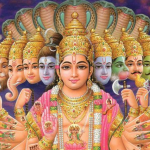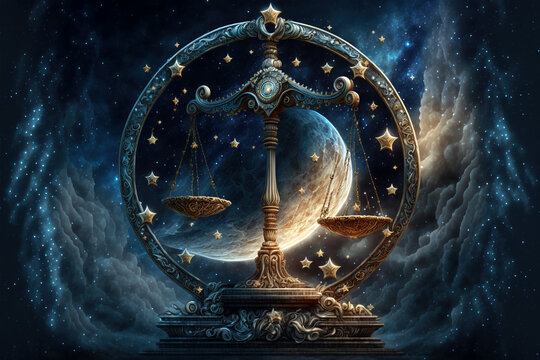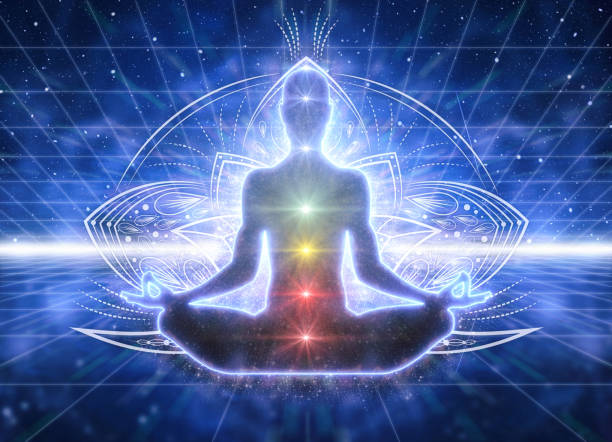The Influence of Vedic Rituals on Modern Hindu Worship

Hinduism, one of the oldest religions in the world, has a rich and diverse history, with deep-rooted rituals and traditions that have been passed down through the ages. The Vedas, which are the oldest sacred texts of Hinduism, have played a significant role in shaping the practice of Hindu worship throughout history. These ancient scriptures not only codified knowledge of rituals and hymns but also established the foundational principles that guide worship in Hinduism even today.
The impact of Vedic rituals can still be seen in the worship practices of modern Hindus, whether in temples, homes, or during major festivals. Despite the evolution of Hinduism over millennia, many of the rituals initiated in the Vedic period continue to influence the way Hindus perform pujas (ritual prayers), observe festivals, and honor deities.
Vedic Rituals: The Foundation of Hindu Worship
The Vedic rituals were highly structured and intricate, designed to invoke the blessings of the gods and maintain harmony with the cosmos. They involved offerings (havis), chants (mantras), and specific acts of devotion performed by priests (Brahmins) on behalf of the community. The purpose of these rituals was to invoke divine forces to maintain the balance of the universe, ensure prosperity, and protect against evil forces.
These rituals were performed through fire ceremonies (Yajnas) in which offerings were made into sacred fire, accompanied by Vedic hymns (Sanskrit prayers) and mantras. The importance of agni (fire) in these rituals symbolized the connection between the material world and the divine realm.
Modern Hindu Worship: Echoes of Vedic Practices
In modern Hindu worship, many rituals have evolved and adapted to meet the changing needs of society, but the essence of Vedic traditions remains strong. One of the key features that persist from the Vedic period is the recitation of mantras. Many of the mantras chanted in temples or during private worship today are derived directly from the Vedas, particularly from texts like the Rig Veda, Yajur Veda, and Sama Veda. These mantras are believed to have powerful spiritual effects, invoking divine presence and creating an atmosphere conducive to spiritual growth.
Another significant Vedic practice that has survived is the offering of prayers and sacrifices. While the grand fire rituals (Yajnas) are now less common in most parts of India, the offering of flowers, fruits, and incense to deities is an everyday part of modern Hindu worship. These offerings, though simpler, are reminiscent of the elaborate offerings made in ancient times and symbolize the devotion of the worshipper.
The panchayatana puja—a ritual worship of five deities (Shiva, Vishnu, Devi, Surya, and Ganesha)—is another example of how Vedic principles continue to influence modern worship. The structure of the worship, the prayers, and the symbolic offerings have their roots in ancient Vedic practices that emphasized the worship of multiple deities in a systematic manner.
Temple Worship: Preserving Vedic Tradition
Temple worship in modern Hinduism retains strong links to Vedic traditions, especially through the use of sacred Vedic chants and the practice of daily rituals. Temples, which were initially centers for Vedic rituals, continue to serve as hubs for communal worship and religious observances. The priests in many temples still perform rituals according to Vedic guidelines, and offerings are made in fire altars or directly to the deity idols.
In major temples, especially in places like Varanasi and Rishikesh, the priests perform elaborate rituals that include the Aarti (a devotional song or prayer accompanied by the waving of a lamp), which reflects the deep influence of Vedic rituals. These rituals, passed down through generations, serve as a bridge between ancient practices and contemporary worship.
The Influence of Vedic Philosophy on Worship
Beyond rituals, the Vedic philosophy also continues to shape the spiritual mindset of modern Hindus. The Vedic texts emphasize the concepts of dharma (righteous duty), karma (action), and moksha (liberation), which remain central to the understanding of life and worship in Hinduism today.
Incorporating Vedic principles of meditation and yoga into daily life, modern Hindus are encouraged to live with a sense of higher purpose, aligning their actions with cosmic laws. Meditation and mental discipline, as taught in the Upanishads (part of the Vedic literature), are integral to the spiritual growth of individuals, helping them achieve a closer connection with the divine.
Conclusion
The influence of Vedic rituals on modern Hindu worship is profound and enduring. While the practices have adapted and evolved over time, the core principles of the Vedic tradition continue to shape how Hindus express their devotion to the divine. Whether through the recitation of ancient mantras, the offering of symbolic gifts, or the deeper philosophical insights into duty and liberation, the essence of the Vedic rituals remains an integral part of Hindu worship. This connection between the past and the present ensures that the spiritual wisdom of the Vedas continues to guide and inspire millions of Hindus around the world today.










